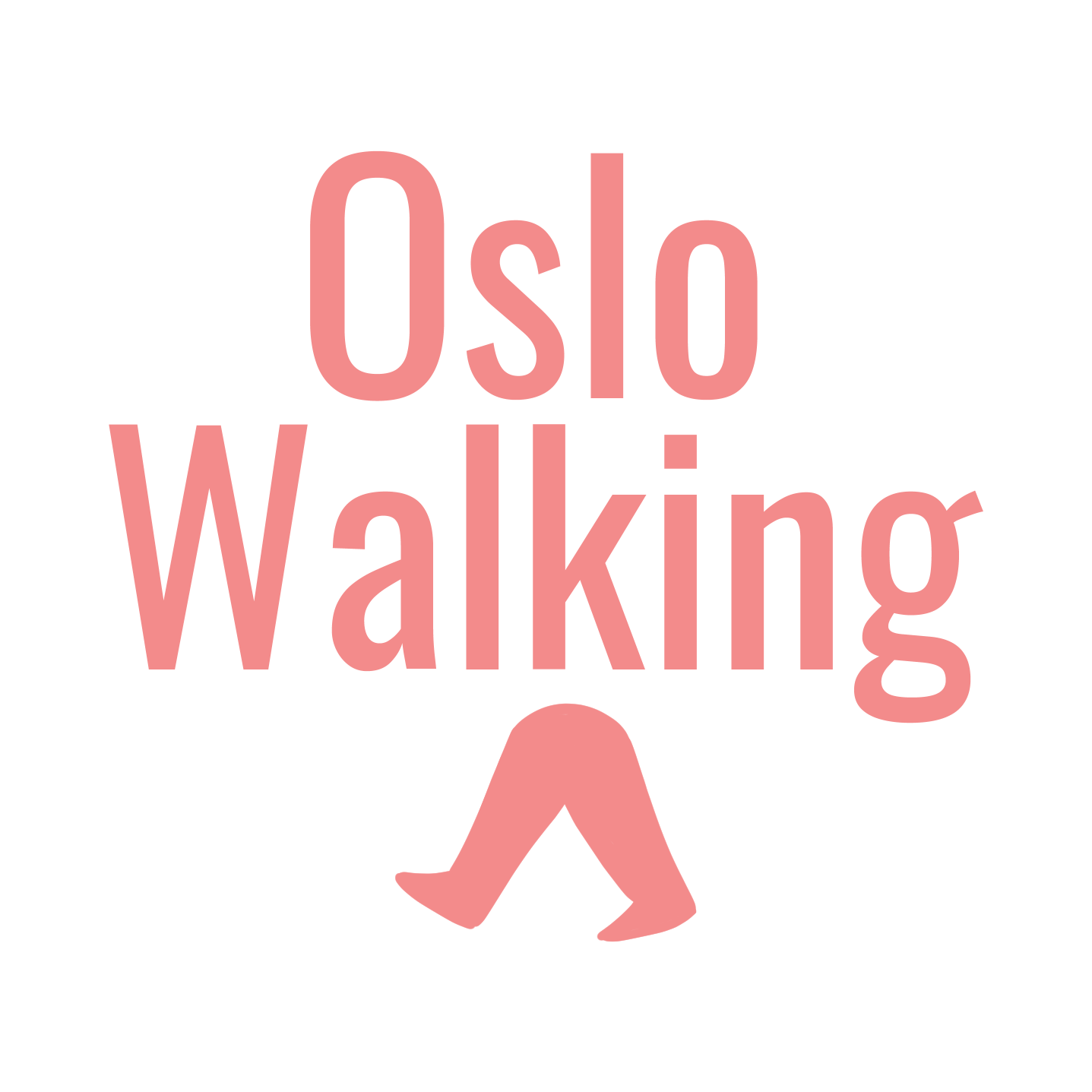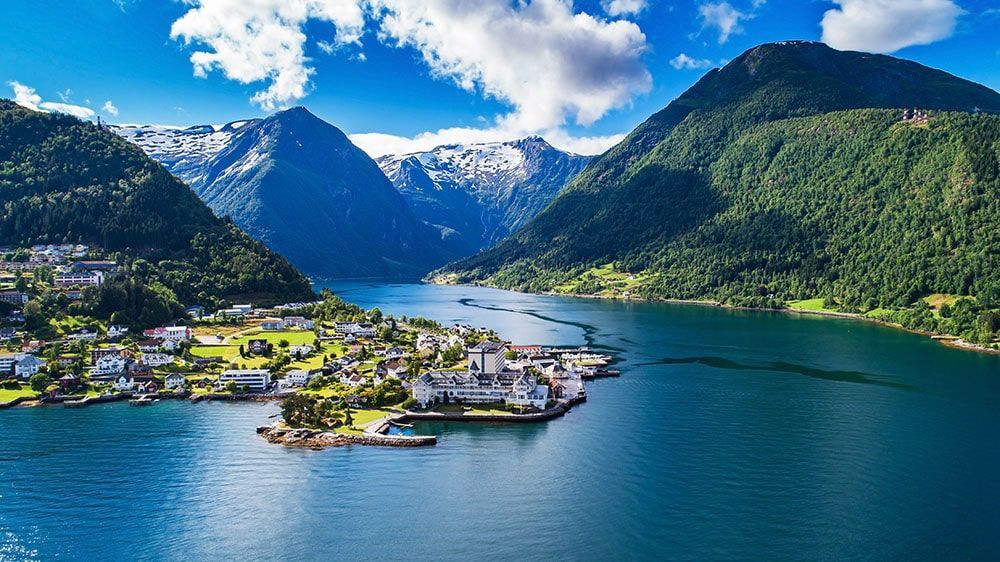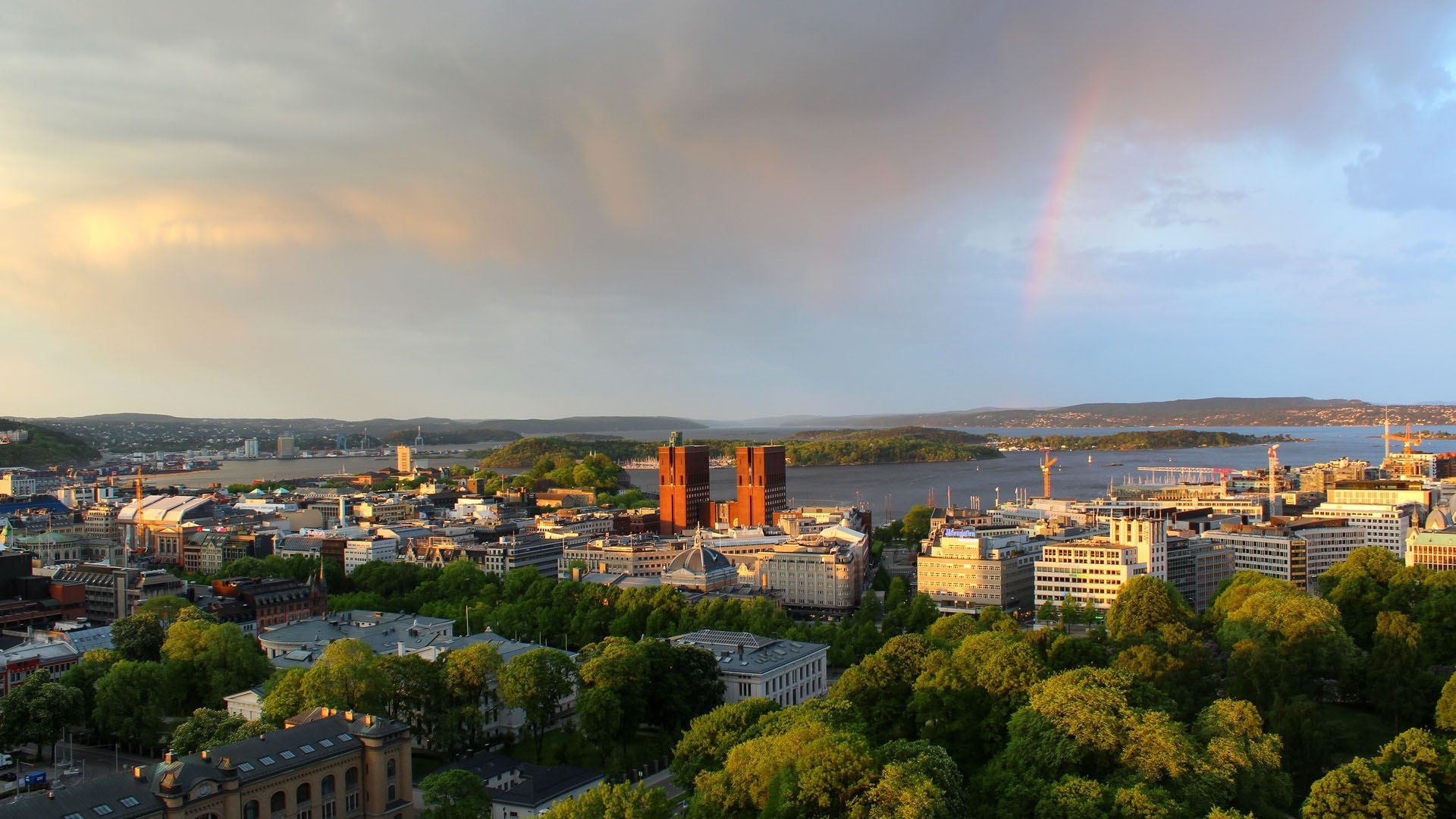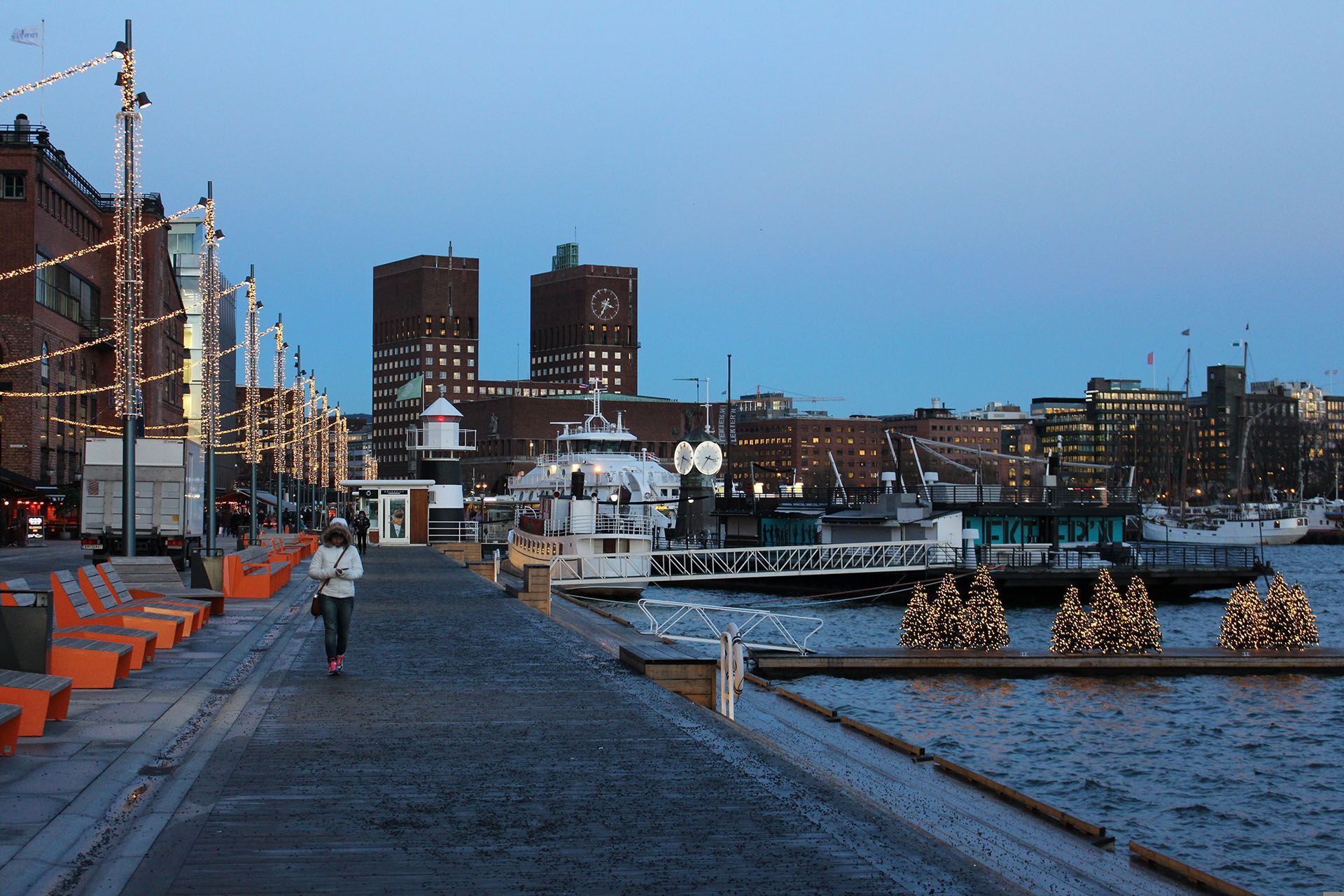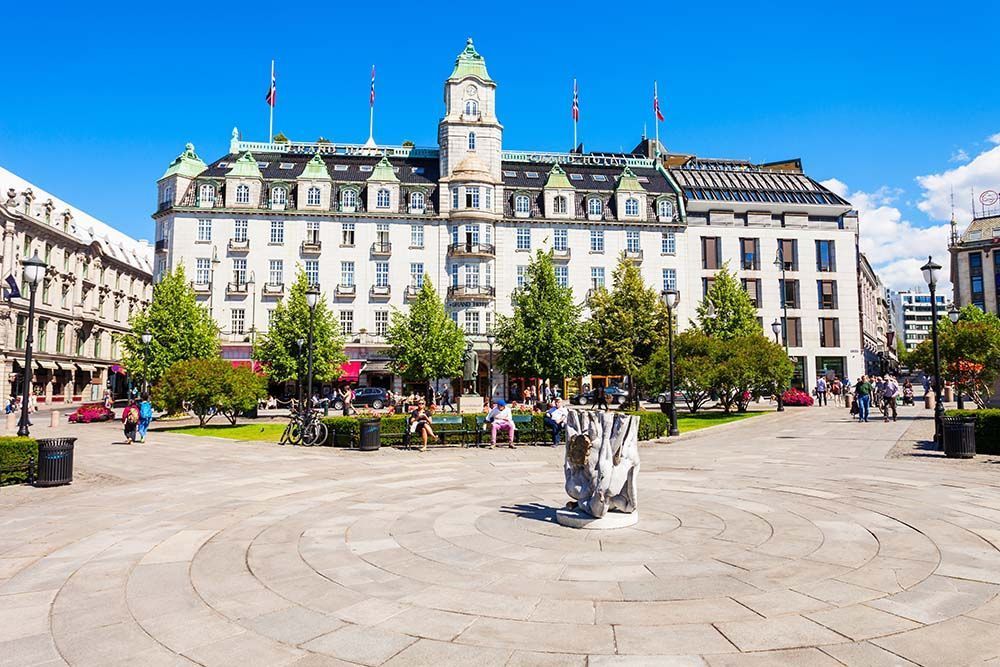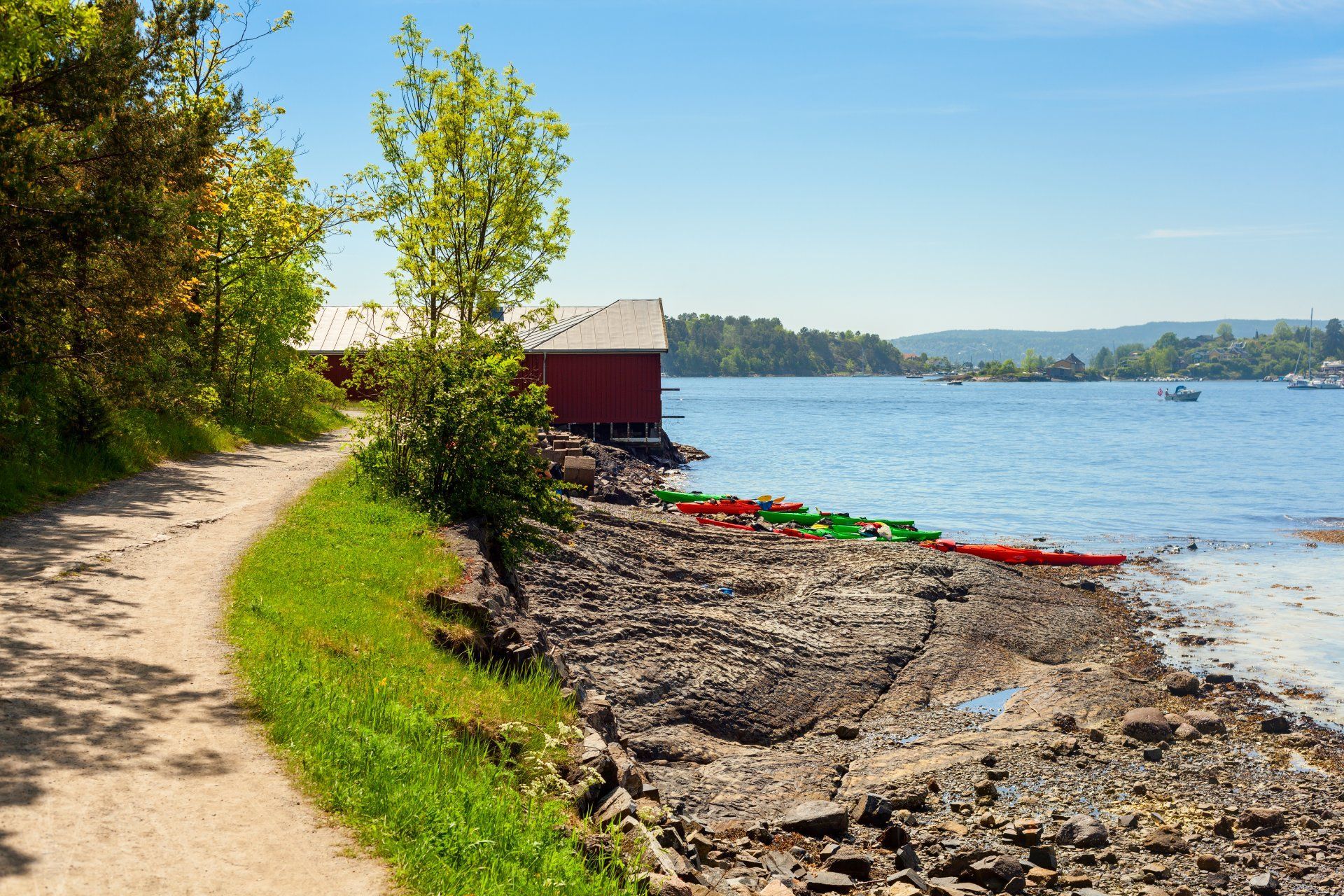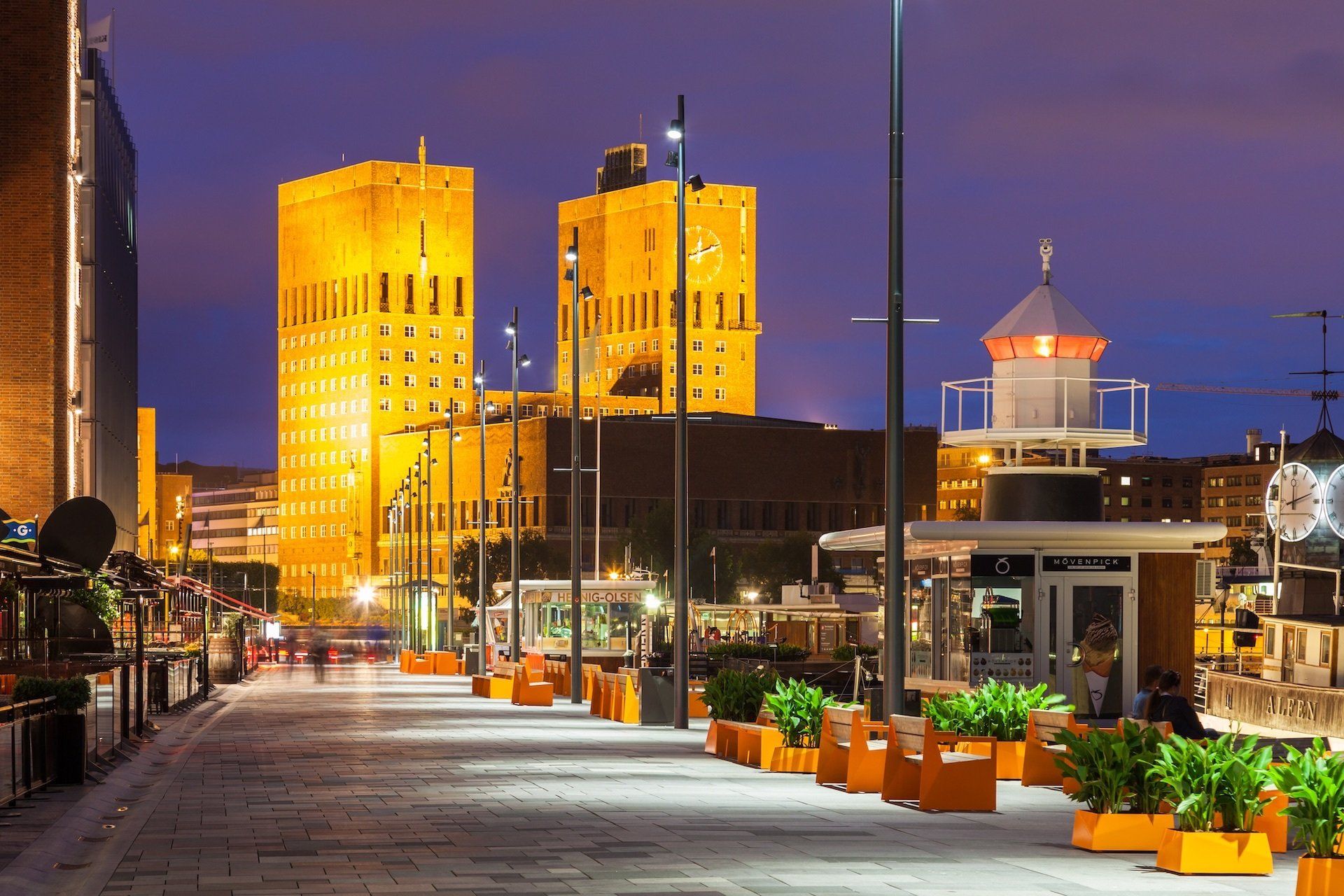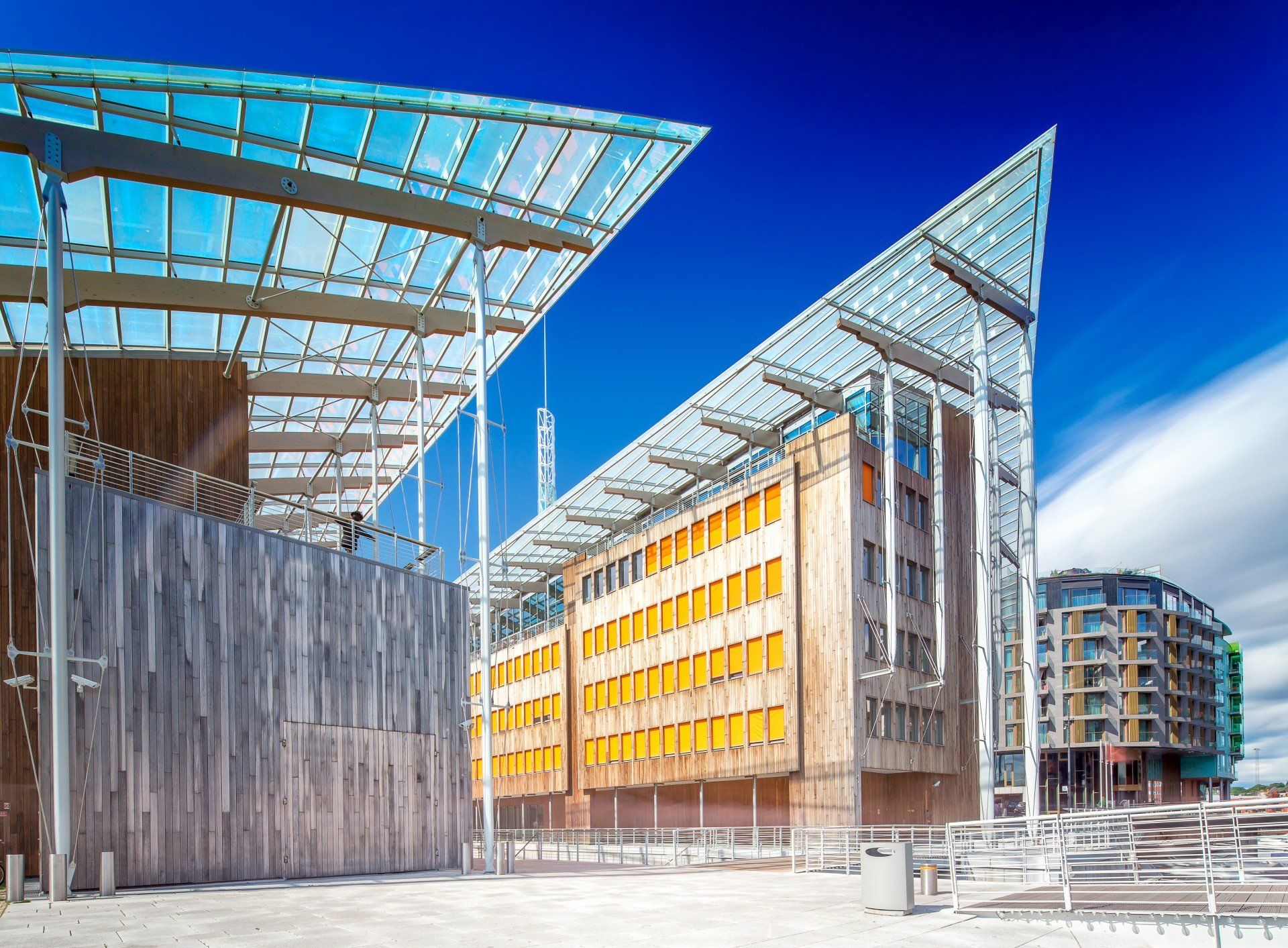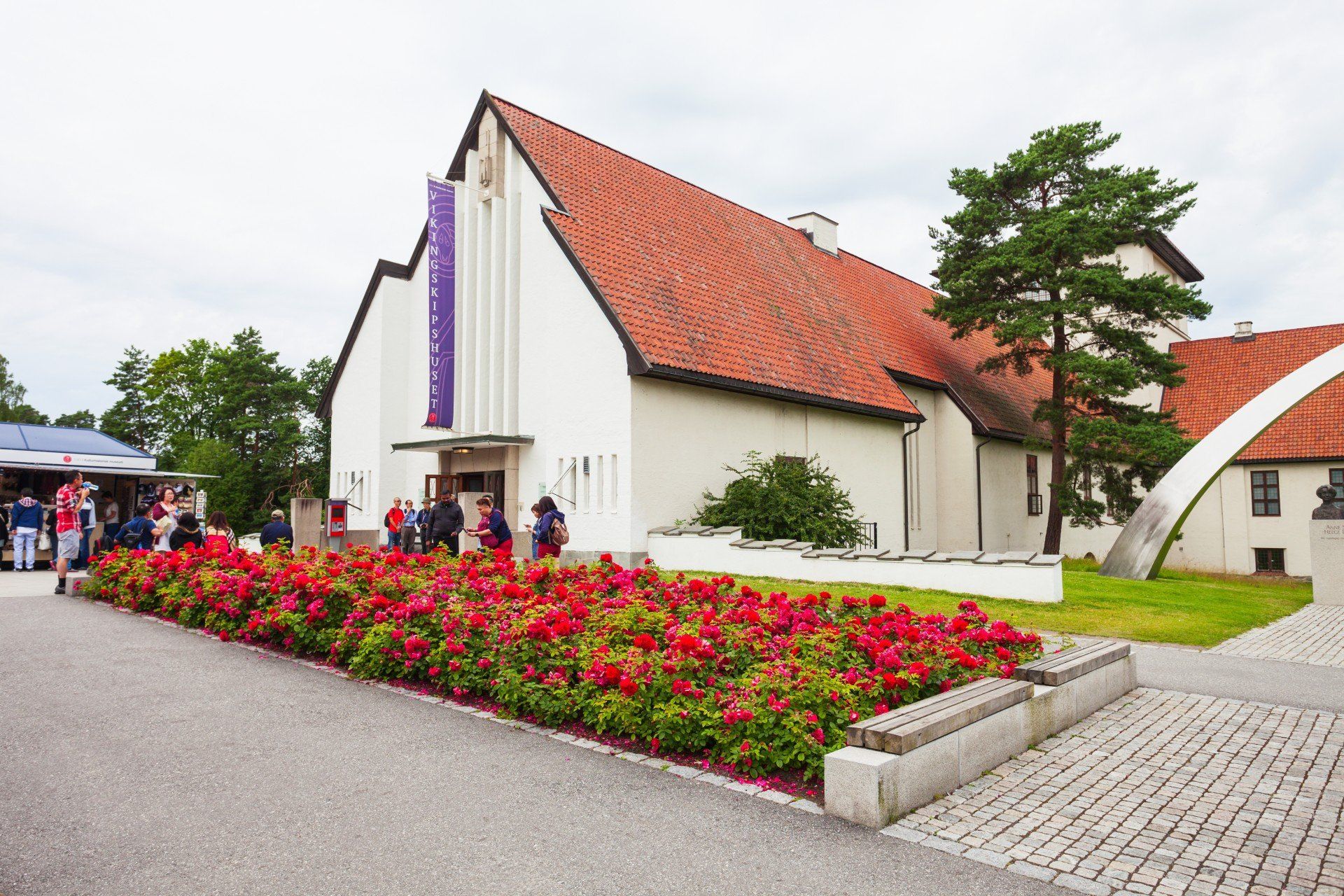Traveler's Guide to Karl Johans Gate
Karl Johans gate is a central street in the Norwegian capital, and it runs from the Main Railway Station to the Royal Palace. In fact, this two-laned street harbours some of the city’s most prominent tourist attractions, and we are going to explore them in this article.
By the way, you can learn more about the city's major attractions in our guide to Oslo or explore the Norwegian capital on our bestselling walking tour.
Royal Palace of Oslo
The Royal Palace gracefully sits on the top of Karl Johans gate, right in the heart of the city. This magnificent building, however, had a history that is not any less dramatic than that of this entire country.
As a gesture of gratefulness, the Norwegians decided to build a palace for Karl Johan, a French-general-turned-Swedish-king. After Karl Johan conquered Norway and forced it into an union with Sweden in 1814, he allowed Norway to keep a significant autonomy (everything except for own military and foreign policy), and that’s something the Norwegians were thankful for.
Despite such generous efforts, Norway was a poor country back then, so the construction concluded on 26 July 1849, 28 years after it had been commenced. And, unfortunately, Karl Johan did not get a chance to reside in this beautiful palace.
Today, the Royal Palace of Oslo serves as the official residence of the Norwegian king. The palace has 173 rooms, and there is a public park that surrounds the castle.
Oslo University
You cannot stroll down the central street of Oslo, Karl Johans gate, and not have your attention drawn to one of the magnificent buildings there: the main campus of the University of Oslo. The elegant building of this university is located opposite to the Norwegian National Theater.
Today, the University of Oslo is the country’s oldest university and the largest public research university. Besides, it is also Scandinavia’s third-best university, according to the Academic Ranking of World Universities. But the importance of the University of Oslo for Norway is far beyond the grasp.
The institution’s history spans from 1811, when it was founded as Royal Frederick University. The university itself was modelled after the University of Copenhagen (that’s not a surprise, since Norway had been in a union with Denmark at that time) and the recently established University of Berlin. By the way, that very University of Copenhagen still has the highest rankings among the Scandinavian universities.
National Theatre
The beautiful yet reserved building of the National Theater is located right in the heart of the city. The first ever lasting theater in Oslo had been constructed in the 19th century, just right by the famous Akershus Fortress. The Christiania Theater – was it was known – functioned until the end of the century and was headed by Bjørnstjerne Bjørnson, a Norwegian writer and a Nobel Prize laureate.
The old Christiania Theater was closed only when the National Theater was unveiled. The Swedish royal family visited the opening ceremony on September 1, 1899. During the first three days, plays of three famous Norwegians had been played: Ludvig Holberg, Henrik Ibsen, and Bjørnstjerne Bjørnson (yes, yes, we just mentioned him above). Today, you can see the statues dedicated to all three of them standing in front of the theater.
Grand Hotel
The history of this lavish edifice dates back to 1874, when Julius Fritzner, a local confectioner, turned this residence into a hotel. The café in this hotel opened first, followed by an extensive renovation of the building. In the next couple of decades, the edifice went through some major changes, such as the opening of Speilen (ballroom) in 1886 or the opening of a lavish representation hall in 1894.
Henrik Ibsen, a prominent Norwegian playwright and theatre director, was present during the opening of the latter hall. He played an important role in making the Grand Hotel famous, and his habit of attending the Grand Hotel Café on a daily basis became famous. Today, this hotel remains one of the best places to stay in Oslo, and the exterior of this building is absolutely astonishing, serving as a stunning adornment to Karl Johans gate.
Norwegian Parliament
The Storting building (or the building of the Norwegian parliament) was made of predominately yellow brick and has its unrepeatable style – the architects borrowed certain elements from the French and Italian architectural styles and thus created a fine blend.
The story of Norway’s parliament is as dramatic as the country’s history. Until 1814, the country had been ruled by Denmark. But as Sweden gained control over Norway, the country’s first parliament was established that same year. Initially, gatherings of the parliament occurred in a public school and, later, moved to the grand hall of the University of Oslo.
Nonetheless, it became clear that – even though Norway had not been an independent country back then – it was necessary to build an edifice for assembling the country’s parliament. Back in 1833, the parliament had voted on this and rejected it by the majority of votes. After much time was spent on choosing the spot for the building, the government ultimately decided to build the Storting building on the current place (and disregarded the parliament’s decision to build it in the Palace Park).
Construction of the Storting building started in 1860 and the assembly had a chance to move in already by 1866. While at that time the building was too huge for the needs of the parliament, certain governmental agencies were housed there as well. Today, however, this Storting building is not merely a utilitarian edifice, but also a piece of sculptural art located in the heart of Oslo.
Domkirke
The Oslo Cathedral is situated in the heart of Oslo and, as such, is a major tourist landmark. Located directly opposite the Parliament building, the locals refer to it simply as Dom, or "the church".
This cathedral was constructed between 1697 and 1730 and has gone through extensive restoration work in recent years. Besides, the redesign saw an increase in capacity from 2,000 up to 3,200 people. It is assumed that Jørgen Wiggers designed the Dom, though it hasn’t been historically confirmed yet.
